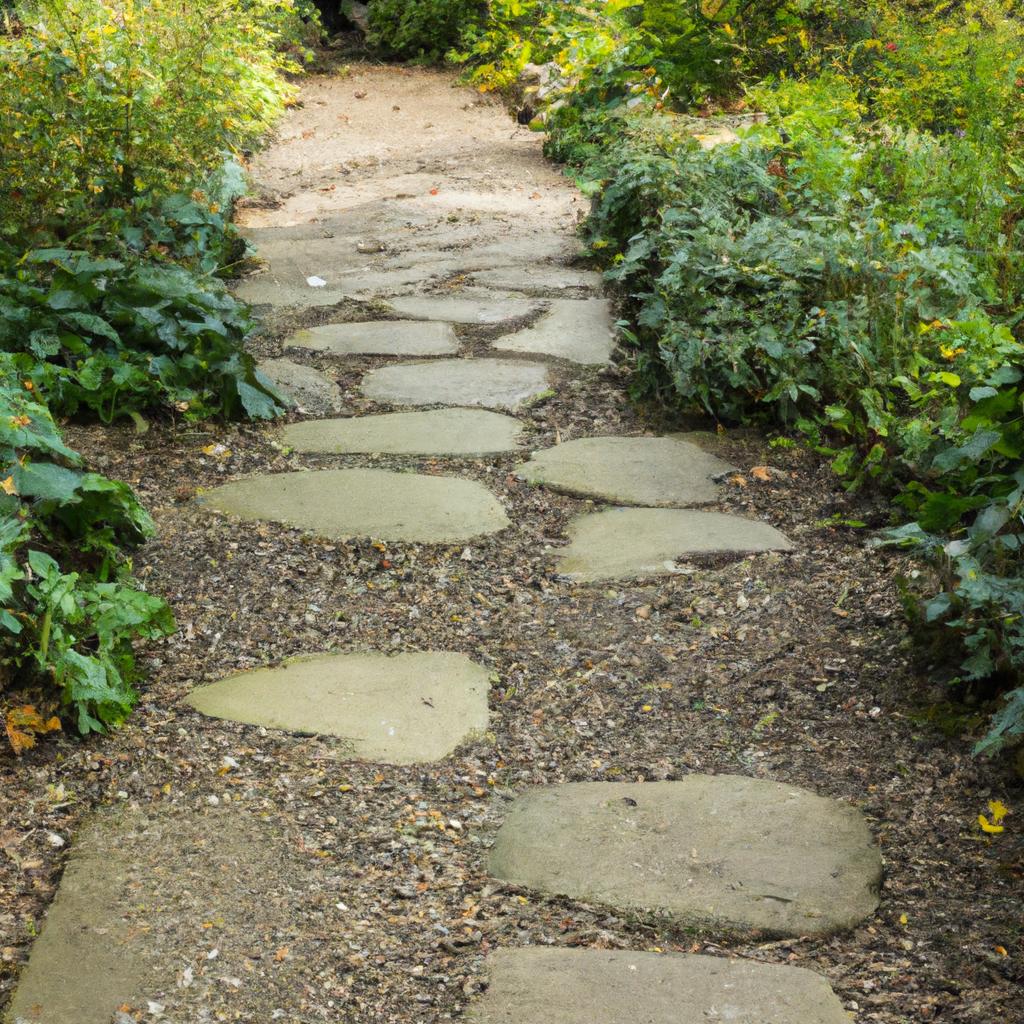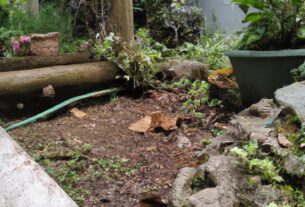Garden pathways play a crucial role in your outdoor space, providing more than just a functional purpose. These pathways have the power to enhance the beauty and value of your property, creating a welcoming and inviting atmosphere for you and your guests.
Choose the Perfect Material
When it comes to garden pathways, there is a wide range of materials to choose from. Each material has its own set of advantages and disadvantages. Let’s explore some popular options:
Gravel
Gravel is a cost-effective and low-maintenance choice for garden pathways. With its variety of sizes and colors, you can create a unique look for your garden. Although it may require occasional raking, gravel is durable and can withstand heavy foot traffic.
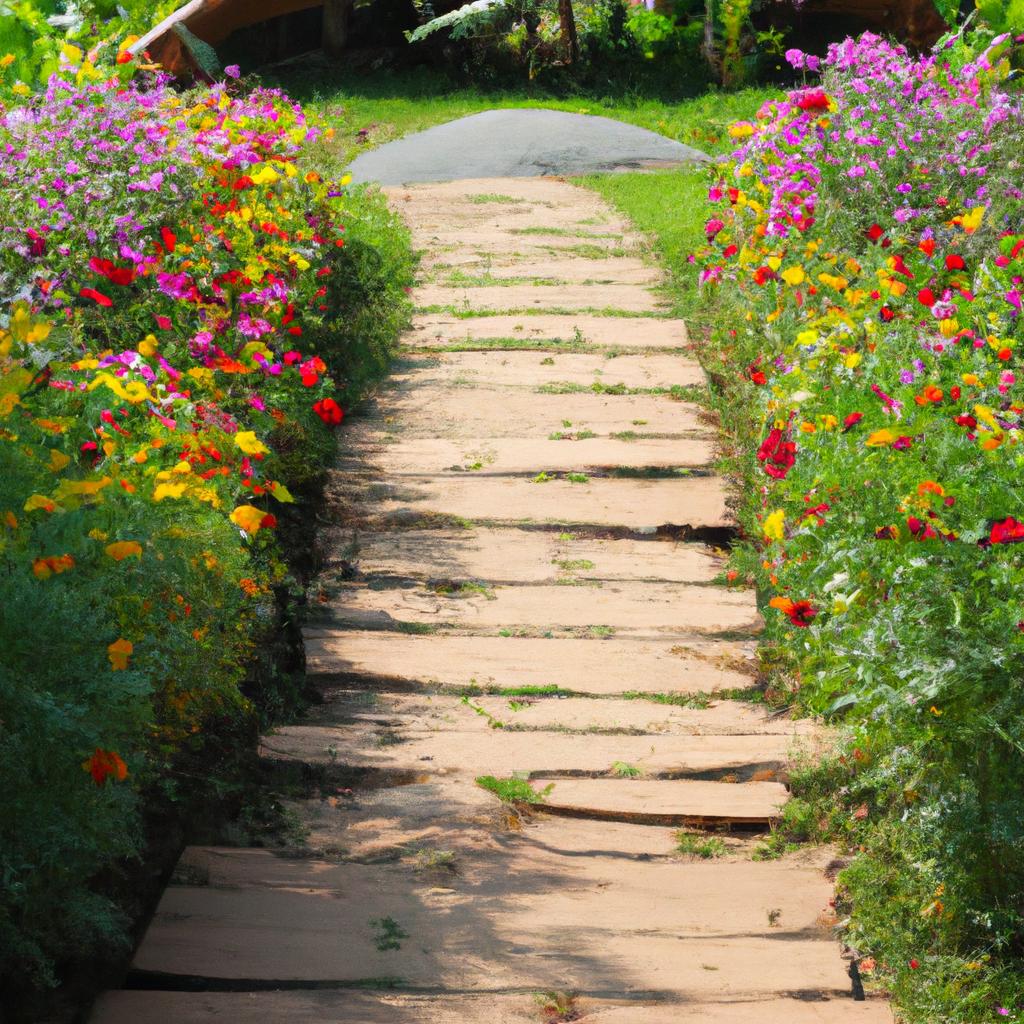
Pavers
Pavers are renowned for their durability and versatility, making them a popular choice for garden pathways. You can choose from a range of colors, shapes, and sizes, allowing you to create intricate designs and patterns. Easy to install and maintain, pavers are a practical choice for any garden.
Stepping Stones
Stepping stones offer a natural and rustic option for garden pathways. They seamlessly blend into the surrounding vegetation, providing a natural, organic look. With various patterns to choose from, you can design a pathway that complements your garden’s style.
Concrete
Concrete is a versatile and durable option for garden pathways. It can be shaped and colored to create a wide range of designs and patterns. While occasional maintenance may be required, concrete is a cost-effective and long-lasting choice.
Consider your budget, garden style, and personal preference when choosing the right material for your garden pathway. Each option has its own unique advantages and disadvantages, so take your time to explore all possibilities.
Designing a Pathway to Reflect Your Style
Designing a garden pathway is an exciting and creative process. Whether you’re starting from scratch or renovating an existing pathway, there are several factors to consider:
Garden Style
The style of your garden should be the primary consideration when designing your pathway. A formal garden may call for a straight, symmetrical pathway, while a natural garden may benefit from a winding, organic pathway.
Pathway Width
Determine the width of your pathway based on its intended use. For walking only, a width of 2-3 feet may suffice. However, if you plan on accommodating bicycles or wheelbarrows, a width of 4-5 feet might be necessary.
Pathway Shape
The shape of your pathway has a significant impact on the overall look of your garden. A curved pathway can create a sense of movement and flow, while a straight pathway provides structure and formality. Consider the surrounding vegetation and ensure that the shape complements the landscape.
Lighting
Pathway lighting serves both functionality and aesthetics. Solar-powered lights offer an eco-friendly option, while low-voltage lighting creates a more dramatic effect. Place the lights strategically to provide adequate illumination while showcasing the beauty of your pathway.
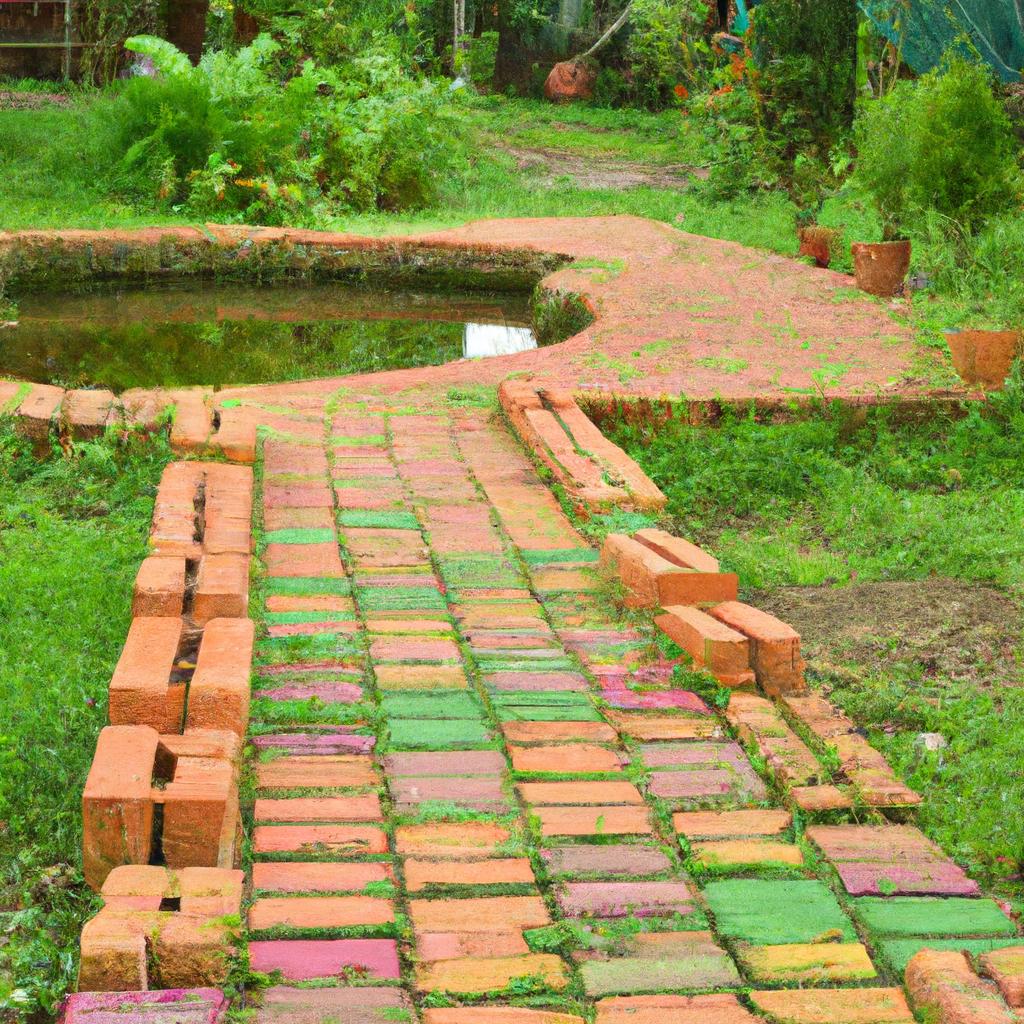
Take the time to plan and consider your options when designing your garden pathway. By choosing the right materials and design, you can create a beautiful and functional pathway that complements your outdoor space.
Installation Tips for a Lasting Pathway
Installing a garden pathway requires careful planning and preparation. Follow these steps to ensure a successful installation:
Step 1: Choose the Right Location
Select a location for your pathway that provides a safe and functional route throughout your garden. Consider the surrounding vegetation and any potential obstacles to ensure easy navigation.
Step 2: Prepare the Area
Clear the pathway area of any vegetation or debris. Ensure the ground is level and free from obstructions. Lay out the pathway design according to your desired specifications.
Step 3: Lay the Base
Create a stable base for your pathway using crushed stone or gravel. Compact and level the base to provide a solid foundation.
Step 4: Lay the Material
Lay your chosen material, ensuring it is level and secure. Follow the manufacturer’s instructions for installation, paying attention to spacing and placement.
Step 5: Finishing Touches
Add the final touches to your pathway, including edging and lighting. Fill any joints or gaps to create a smooth and seamless finish.
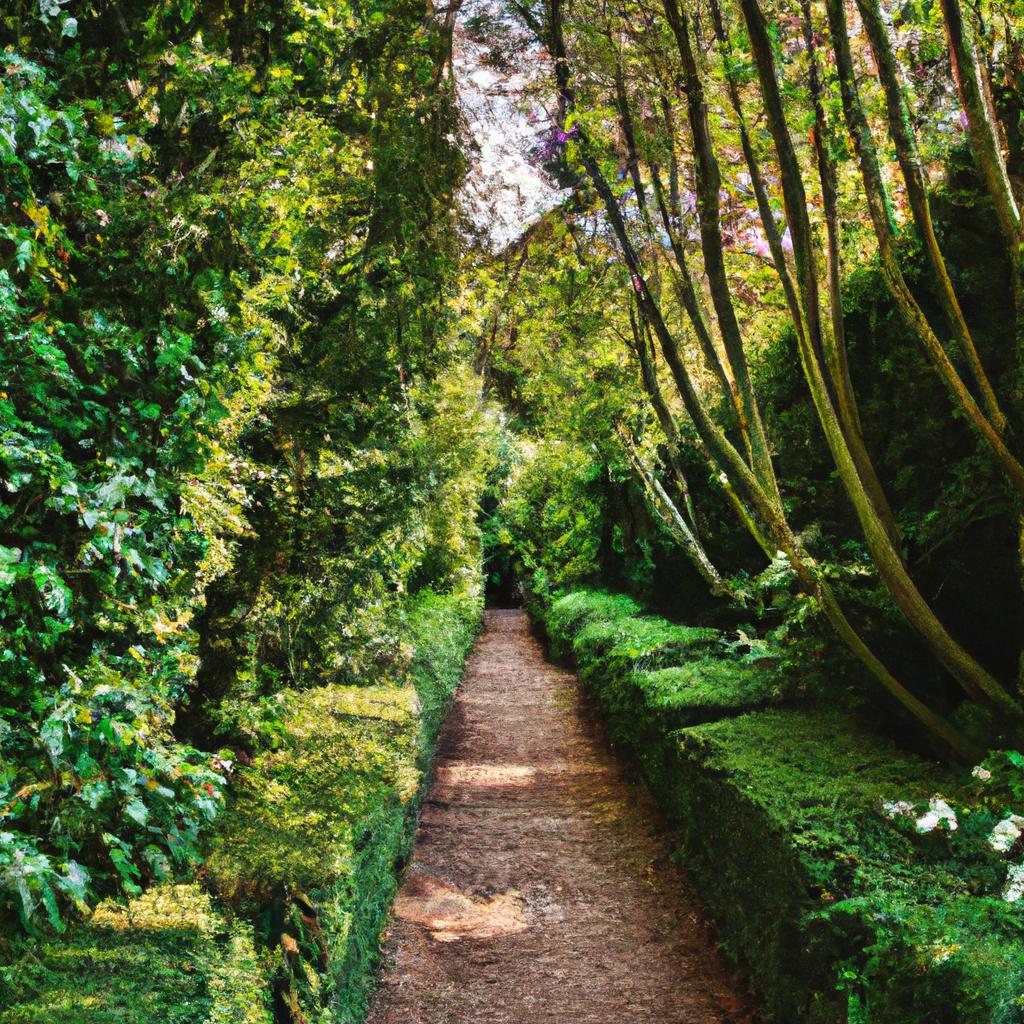
Avoid common installation mistakes such as inadequate preparation, incorrect material installation, and poor drainage. By following the correct installation process and bypassing these errors, you can create a beautiful and functional garden pathway that elevates the beauty of your outdoor space.
Maintaining the Beauty of Your Pathway
Regular maintenance is essential to ensure the longevity and functionality of your garden pathway. Neglecting proper care can lead to damage and safety hazards. Here are some maintenance tips to keep in mind:
Regular Cleaning
Sweep or rake away debris such as leaves, twigs, and dirt regularly to keep your pathway looking its best. For porous materials like gravel or stepping stones, occasional pressure washing can help remove dirt and buildup.
Weed Control
Weeds can quickly overtake your garden pathway, making it look messy and unkempt. Regularly pull weeds and use a weed control solution to prevent their regrowth.
Repair Damages
Address any damages promptly to prevent further deterioration. Replace broken pavers or stepping stones and refill any gaps with sand or gravel.
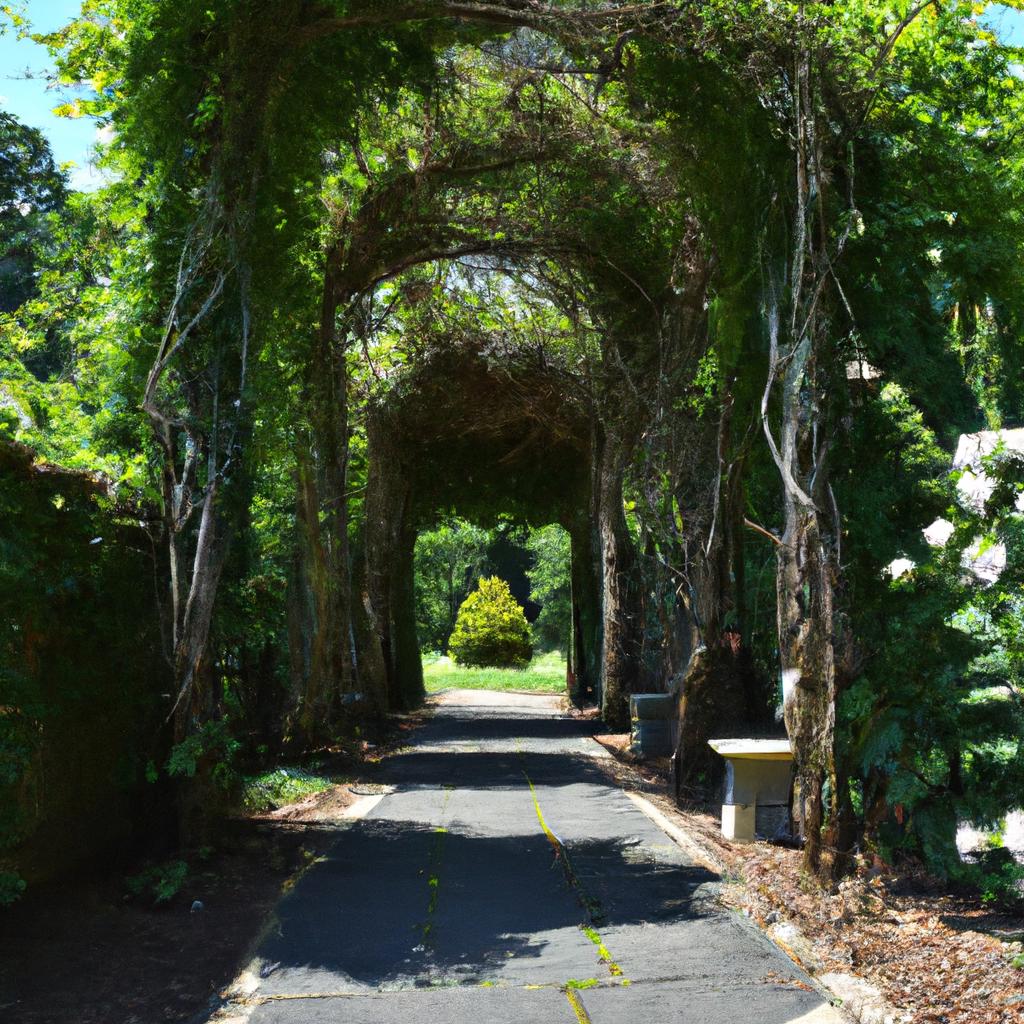
By following these maintenance tips, you can ensure that your garden pathway retains its beauty and functionality for years to come.
Conclusion: Toolack’s Commitment to Enriching Your Outdoor Space
In conclusion, garden pathways are not just functional elements but also elements that add beauty and value to your outdoor space. At Toolack, we understand the importance of garden pathways in enhancing the overall appeal of your property.
Designing and maintaining garden pathways may seem like a daunting task, but with the right materials, design, and care, you can create a beautiful and functional pathway that transforms your outdoor space.
Stay tuned for more insightful sections where we will discuss the installation and maintenance of garden pathways. At Toolack, we are committed to helping you make the most of your outdoor space.
Discover more about TooLacks and unlock the potential of your garden pathways.
